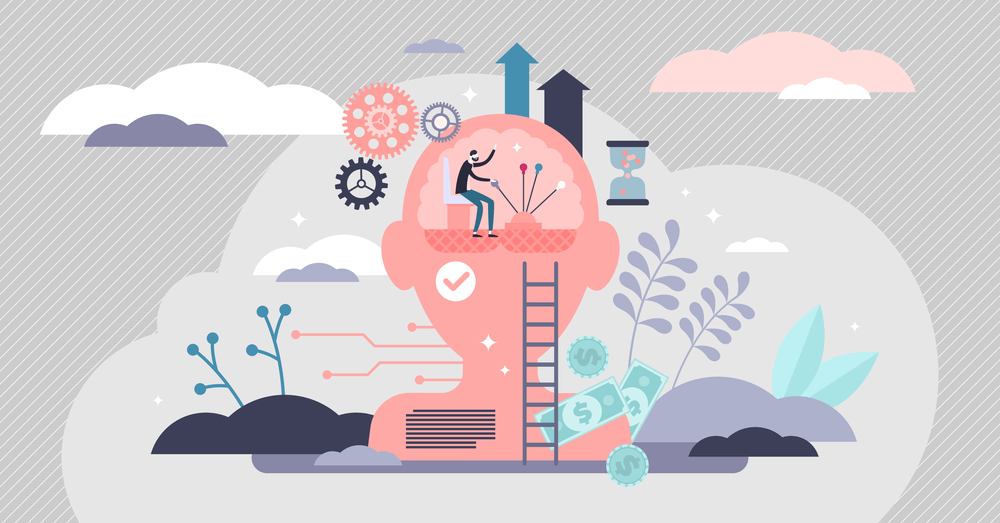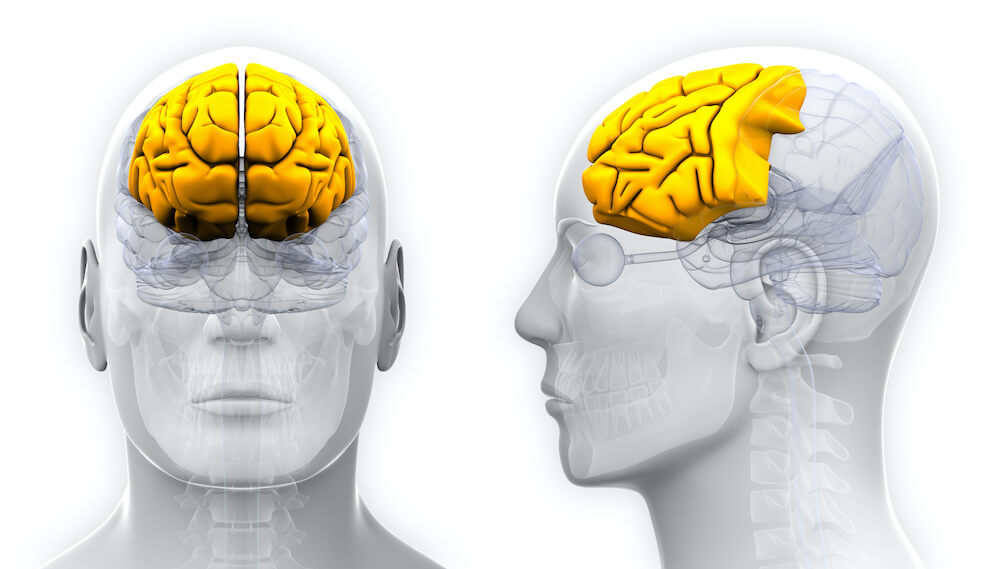Inside decision-making: how our brain chooses what to do
We make thousands of decisions every day. Some of them are rational, and some aren’t. How does our brain choose what to do?

Intro: why do we need to understand decisions
Let’s start with a simple question: how many decisions have you made today?

Even if you are enjoying Nerdish with a cup of morning coffee right now, odds are you’ve made a dozen decisions already. Some of them are relatively impactful: for instance, choosing what to wear for the day or opting for a bicycle ride for work. To some, you barely pay any attention: like charging your cell phone or replacing a towel. The internet says that an adult makes up to 2000 decisions in an average hour, which adds up to a staggering 35 000 decisions a day (assuming 7 hours of blissful sleep). However, we’re not sure this holds up to scientific scrutiny—at least most of the recent papers on this topic hypothesize a vastly lower number, depending on what you’d call a decision. It is easier to track decisions based on separate issues or activities. For example, researchers from Cornell University estimated that we make about 200 daily decisions about food, most of them without consciously knowing we make them. While 35 000 is probably an exaggeration, it is safe to say that we make thousands of decisions every day.
A universal model that describes the decision-making process would make understanding our lives much more manageable. However, our decisions are seldom fully rational and logical: there are many random factors in play, from your mood and well-being, to how the decision is presented, other people’s actions, or even the weather. Marketing departments and advertising agencies study these factors to influence your buying decisions and steer you towards using their product: so, it is important to know when the decision you make is fully informed.

Is it even possible to fully comprehend how the human brain makes decisions? Let’s find out together!
Where a decision is made: the brain
The ability to make decisions is related to how we think. Thinking (or, more scientifically, cognition) is a mental process of arranging information about the world using models, concepts, and associations.
Reasoning, solving problems, and making decisions are all part of thinking. Thinking is a higher neurological function—meaning that it happens in the brain on a level of complexity only humans can perform.
In the course of evolution, the human brain has developed massive frontal lobes and cortex—these are the areas mainly in charge of planning and decision-making. Frontal lobes allow us to control our actions and understand the consequences of our behavior—contrary to animals primarily led by instincts. Although some mammals do have frontal lobes, their brains are not developed enough to enable thinking, long-term reasoning, and understanding.

The importance of frontal lobes became more evident after a freak accident of Phineas Gage in 1848. Gage was an ambitious and promising young man seriously injured at a railroad construction—a metal pole went through his eye and pierced the left frontal lobe. Afterward, Gage could still think and talk but could not fully control his emotions, make long-term decisions, or plan. Course block
However, the brain acts as a unified mechanism: all of its parts are interconnected. Thus, the process of thinking engages not only the frontal lobes. Many areas of the cerebral cortex—responsible for visual processing, hearing, memory retrieval, and even muscle coordination—are also in it.

Have you ever eaten a whole lemon out of curiosity? If you have, you most probably can’t help imagining its yellow skin or even wincing a little as you recall the sourness. Now you have many parts of your brain engaged: frontal lobes, occipital lobes, hippocampus, and cerebellum.
How do we think: concepts and prototypes
Decision-making is related to how we perceive the world. We do it through concepts—the mental groupings of similar objects, ideas, events, or people.
Concepts are essential to thinking because they simplify everything around us down to a manageable level. Usually, we don’t pay much attention to concepts—yet, without them, every object would need a unique name. Imagine coming up with a different name for every flake of the cereal you ate for breakfast!
People share most of the concepts, which helps communication drastically. For example, if you chance upon an intelligent alien and ask them to give you a cup of tea to drink—they would probably fail your expectations. Even if they somehow understand the language, their intelligence can have an entirely different concept (or no concept whatsoever) of asking, giving, cups, tea, or drinking. Concepts allow us to express emotions, feelings, acts, and events, communicating on all levels of human interaction: with words, facial expressions, gestures, and body position. They are the reason we understand each other.
Our brains organize concepts into prototypes—mental images or examples of certain things. For example, an apple is a red or green round-shaped fruit. For some of you—it is also the sound of crunching or the taste.
If you try a previously unknown fruit, you will discern its characteristics and relate them to a known prototype. Let’s imagine a brown-skinned, round-shaped fruit with seeds and a very salty taste. Probably, your brain would relate it to an apricot more likely than to a banana. And when you eat enough of them—you’ll have a brand new prototype in your brain.

Cognitive blindness is an interesting psychological phenomenon: it happens when we are unable to see or hear something due lack of knowledge, understanding, experience, or belief. Some scientists suggest that native Americans could not see Columbus’ ships because they did not have the concept of a big ship in their minds. We do not know whether it is true, but the effect can occur in much simpler circumstances. An average listener usually does not hear the nuances or mistakes of a musical performance on the level professional musicians do. As soon as you get acquainted with certain concepts like arpeggio or crescendo and listen to the examples, you start to recognize them. Cognitive blindness (or deafness in this case) goes away.
Societies constantly develop new concepts and change the existing ones. For instance, a mere hundred years ago, you wouldn’t even imagine a possibility to speak directly to a person anywhere in the world. It was hard to imagine a doctor or a president as a woman — but now it is a natural and expected thing.
Overlapping different concepts and creating new ones can facilitate new inventions, opportunities, and development. Being open to new ideas encourages outside-the-box thinking and nurtures unique solutions to problems.
